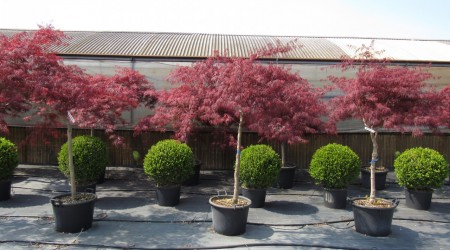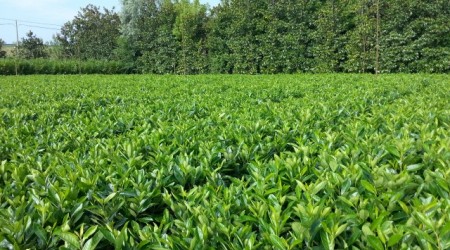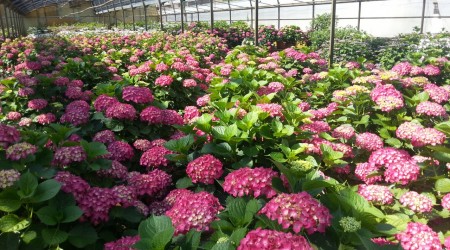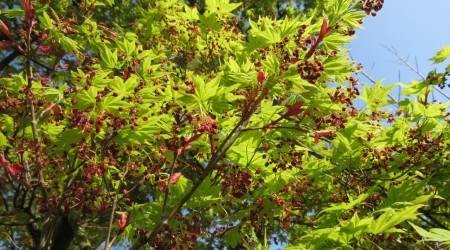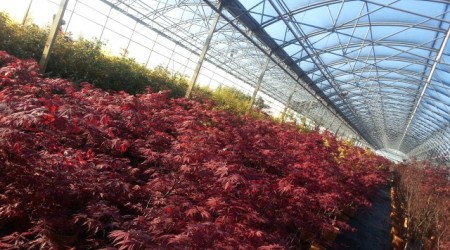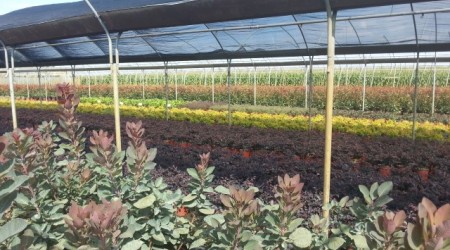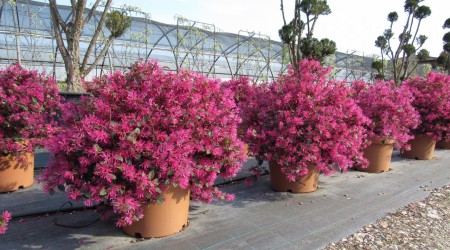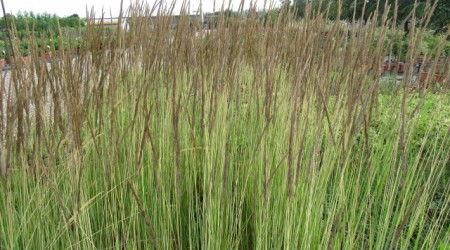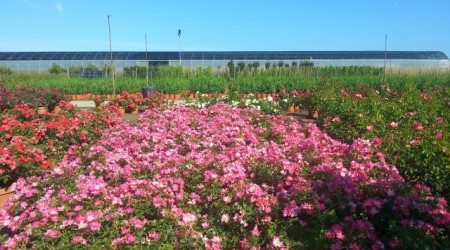Features and uses:
Quercus Suber, or cork oak, is a plant belonging to the family of fagaceae, originating in southwestern Europe and northwestern Africa; since ancient times it grows spontaneously throughout the Mediterranean basin.
The leaves are opaque green and corny, oblong, usually small in dry and larger environments in damp environments. The margin may be tapered and slightly thorny, or whole and smooth in adult plants. The branches alternate and in the set form an expanded hair.
Quercus Suber brings yellow-green, yellow-green flowers to female flowers that appear late in spring, between May and June, gathered in small groups of 2-5 flowers, erect, green in the branches of new vegetation.
The fruit is an oval-shaped, green-colored acorn, which matures brownish brown. The dome covering about half of the acorn is rough, gray-green color.
Along the shafts of this tree, the famous cork, grayish-reddish, develops initially with small light-gray cracks, then wider and irregular cracks. In the year when the cork is removed, the stem shows a red-brick color.
Over time, it has also become a famous ornamental plant for gardens and parks, and these specimens that are not exploited for cork production can live for 250-300 years. The Quercus Suber is cultivated both in tall stems and in stumpage and is usually planted isolated, as a single specimen to enhance its beauty.
